Principal's Report
DINA FIECK

Principal's Report
DINA FIECK
As we prepare for the Autumn Festival, it’s important to pause and reflect on the growth, achievements, and moments that have marked this first term of the school year. It’s been a term filled with learning, community building, creativity, and academic development.
Term 1: Celebrating Progress
We’ve seen remarkable growth in the students this term in both their academic skills and personal development, particularly in how they engage with the world around them.
Our community events have also been a source of joy. The Swimming Carnival Fun Day was a huge success, with students participating with enthusiasm and sportsmanship. The Parent Craft Group has provided a wonderful opportunity for families to come together, share their skills, and create something beautiful. The Farm Garden Grouphas continued to flourish, not just in terms of produce, but also in its ability to bring our community together through working bees and projects, which nurture the process of growth and stewardship.
A particularly special event this week was our ‘Multicultural Tastes’ Harmony Day celebration. This event brought our school community together in a beautiful way, as families shared recipes representing a rich tapestry of cultural backgrounds. Harmony Day serves as a reminder of the importance of inclusivity and respect—values that we continue to cultivate within our school community.
Below are some images of the food our students prepared from our Celebration:
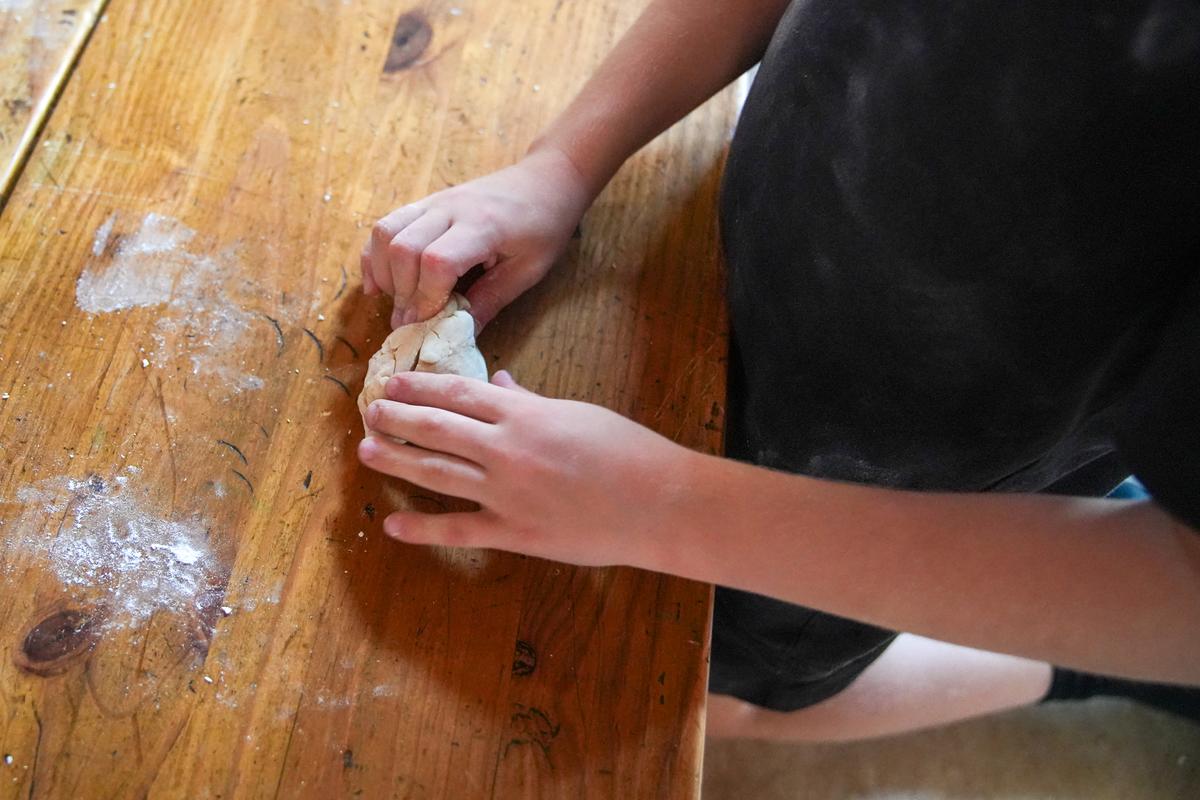

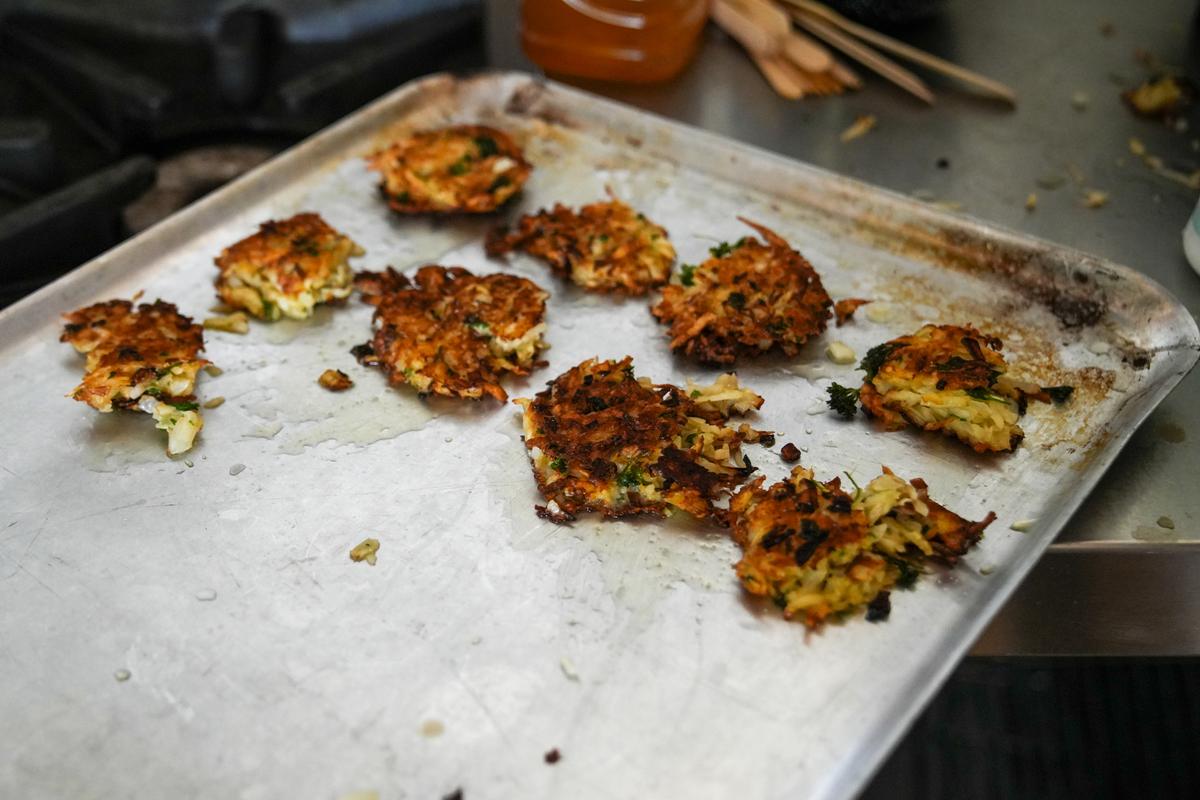
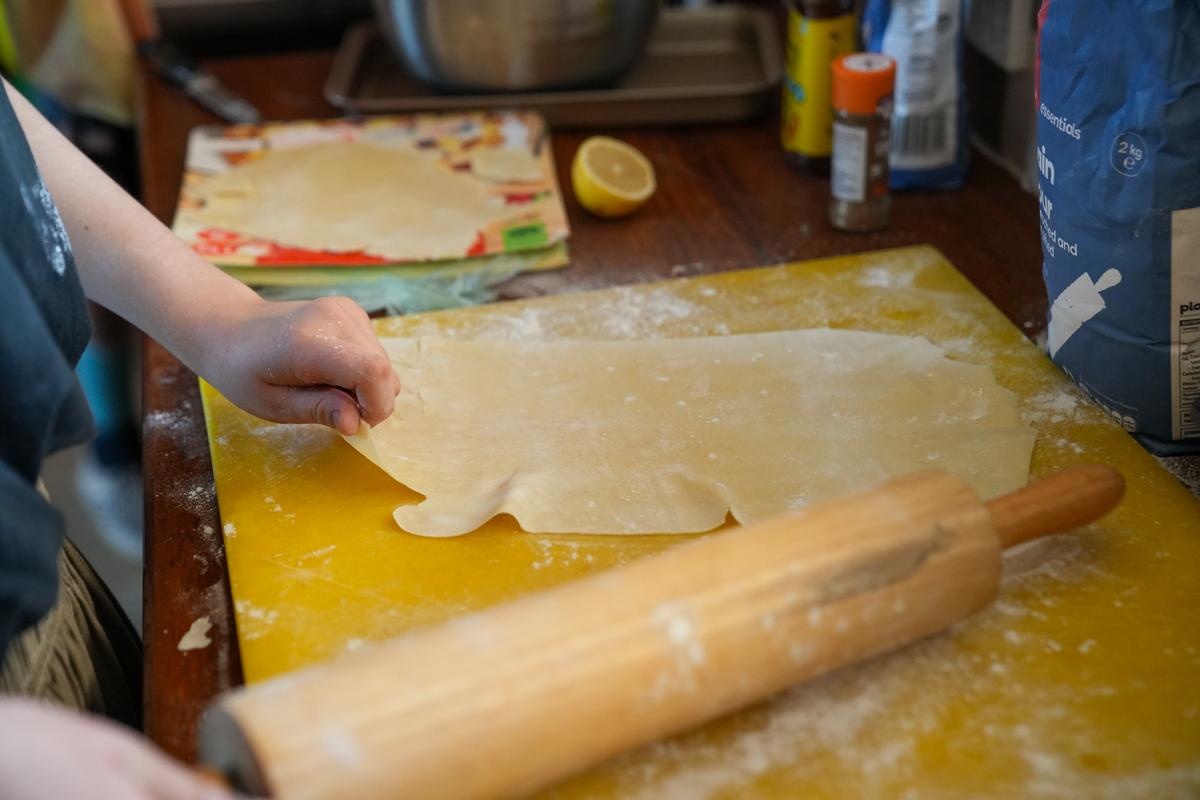
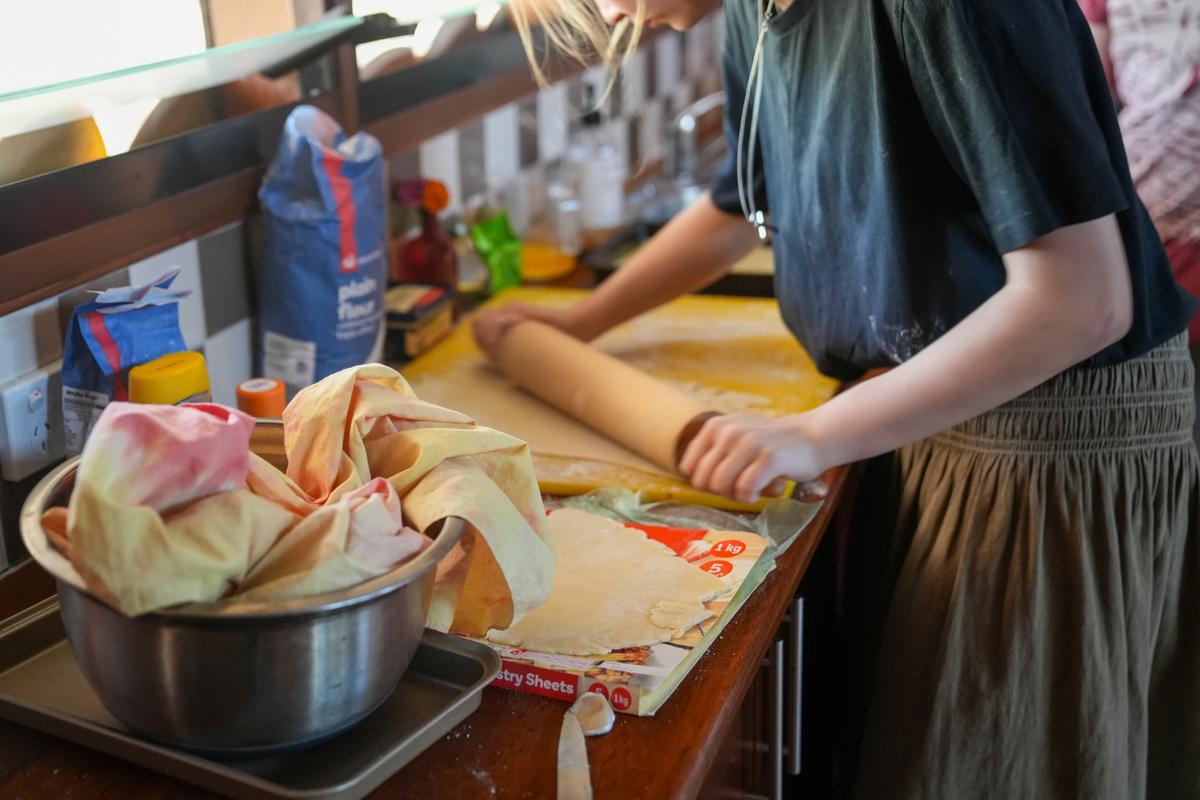

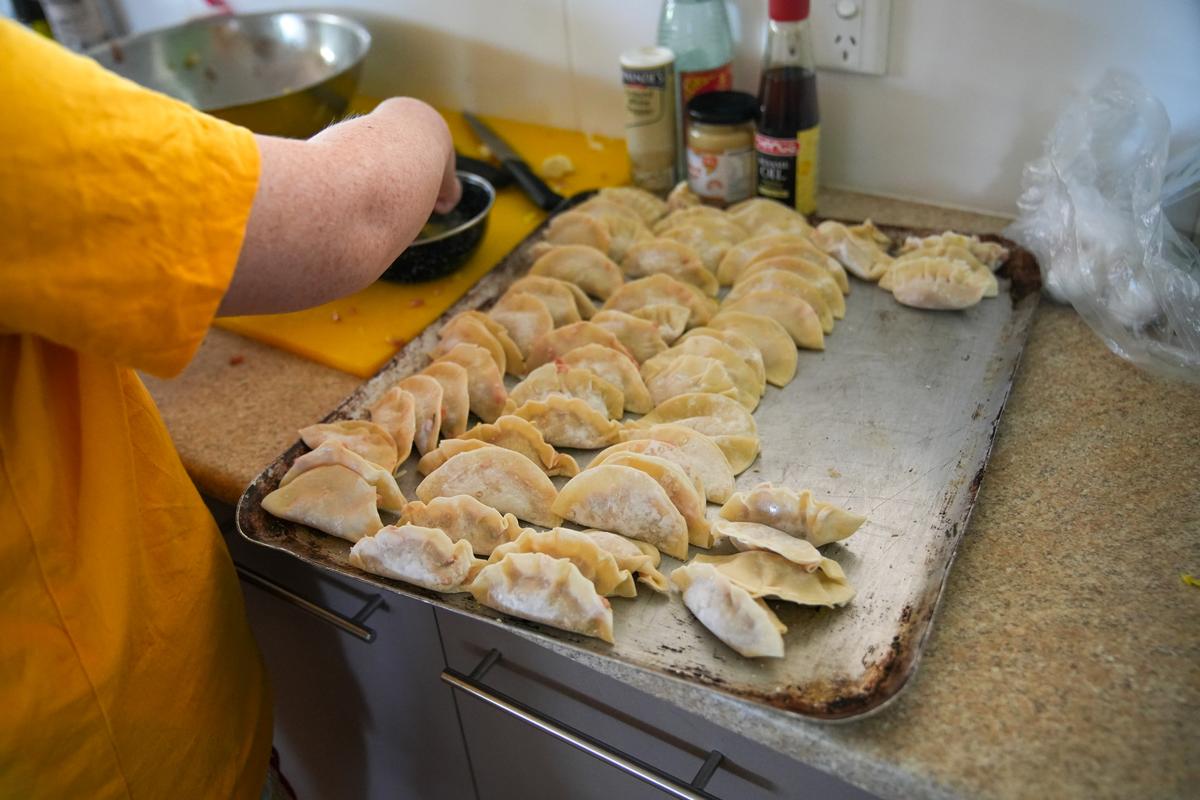
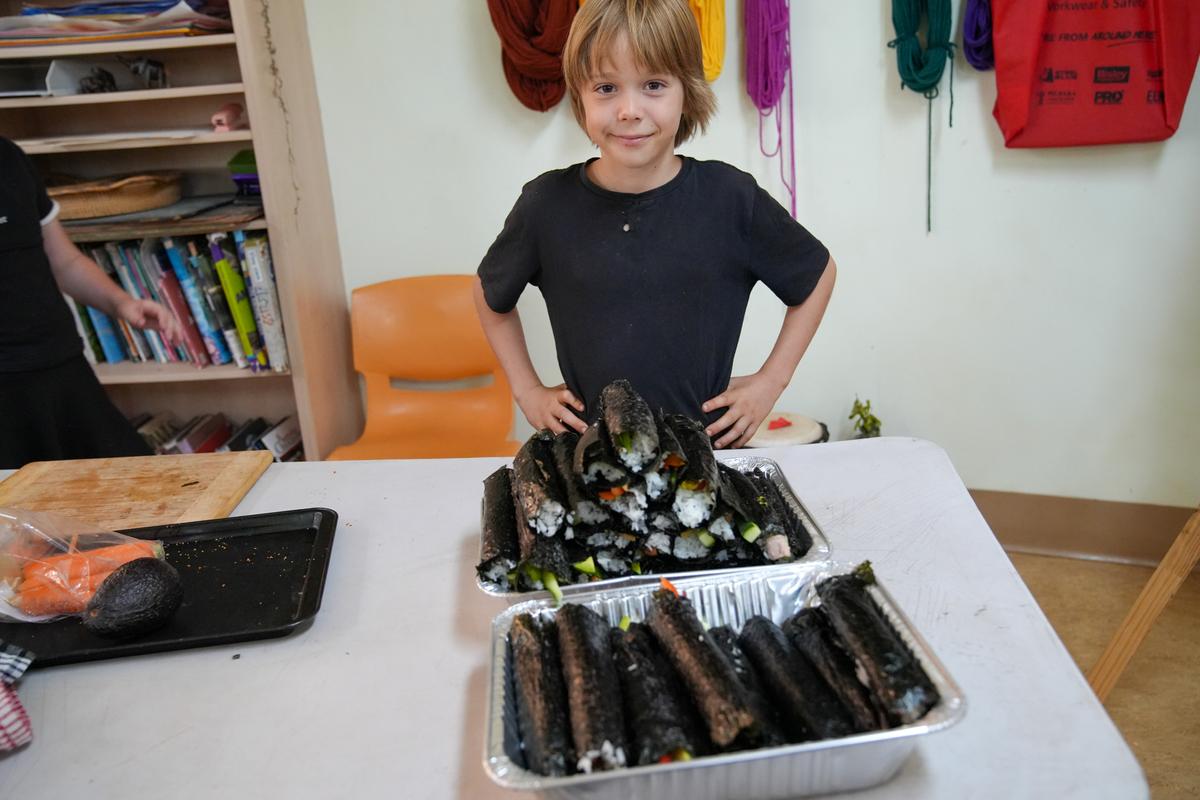
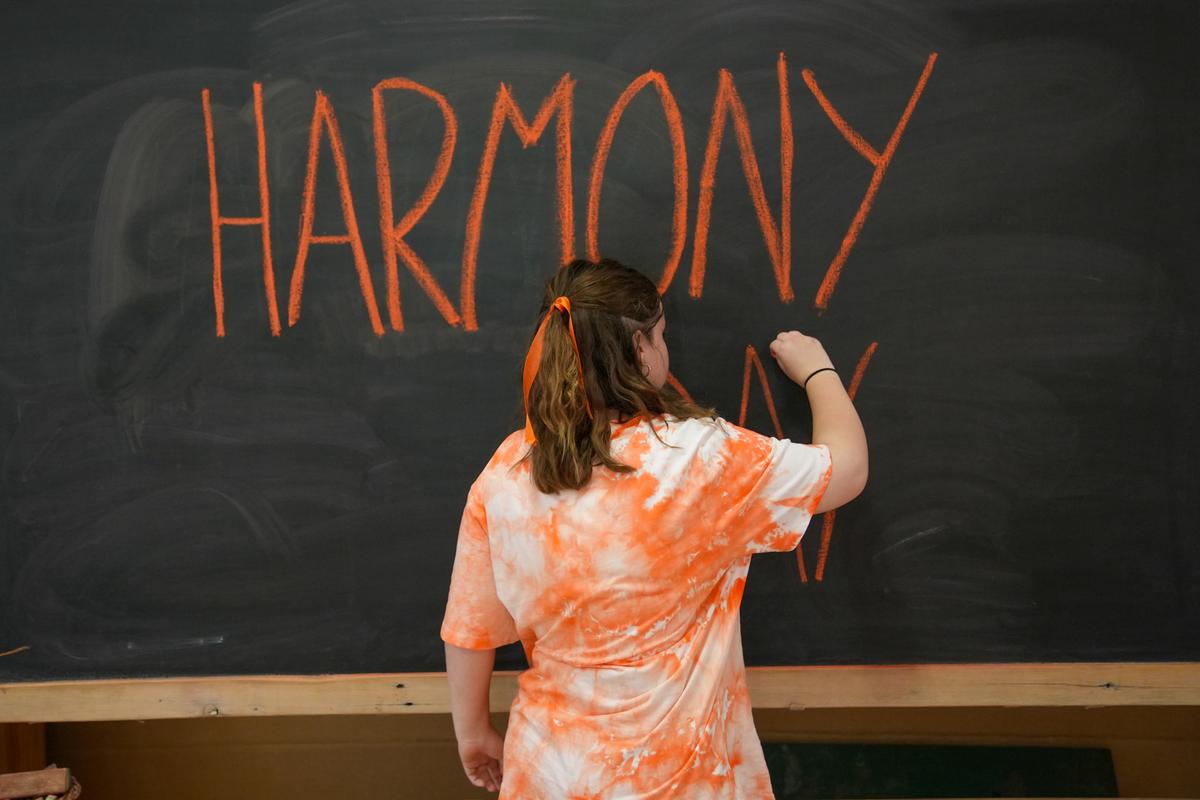

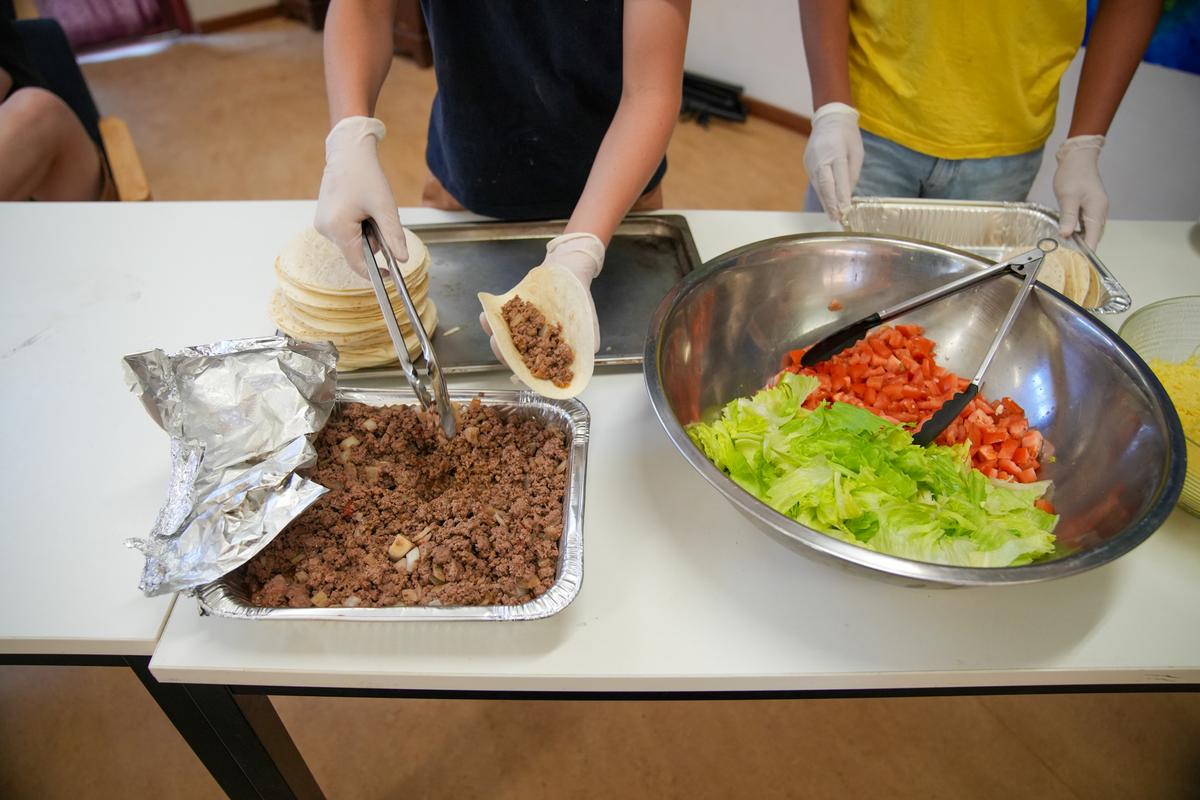











From an academic perspective, Term 1 has been a time of both foundational learning and the exploration of new concepts.
One of the unique aspects of our school is our festivals. For those new to our school, we celebrate the seasons with an Autumn, Winter, Spring, and Summer Festival at the end of each term, bringing our community together.
At the end of Term 1, we will have our Autumn Festival, which celebrates Michaelmas (the feast of St. Michael). A central element of this festival is the Dragon Story of Michael, which is performed by the students.
1. Symbol of Courage and Strength: The story of Michael and the dragon embodies the idea of overcoming obstacles and facing fears. For students, performing this story is an opportunity to reflect on inner strength, the need for perseverance, and the importance of personal growth. The dragon symbolises the challenges and fears we encounter in life, while Michael represents the light, courage, and moral clarity needed to confront and transform those challenges.
2. The Role of the Story in the Autumn Festival: The Dragon Story is performed as part of the Autumn Festival, as it reflects the themes of transitioning from the warmth and light of summer into the cooler, darker days of autumn. This season is seen as a time to cultivate inner strength to face the darkness—both literally, in terms of shorter days, and metaphorically, as we confront the trials and challenges of life.
3. The Performances: Students enact the Dragon Story in a dramatic way, often involving costumes, music, and movement. The dragon may be portrayed as a fearsome creature, while St. Michael is shown as a powerful and virtuous figure. The performance involves themes of heroism, courage, and the eventual victory of light over darkness, as Michael defeats the dragon.
4. Spiritual and Educational Meaning: This story ties into the spiritual and educational philosophy of Steiner schools, where students are encouraged to develop both their intellectual and moral capacities. The victory of Michael over the dragon symbolises the struggle to cultivate virtues like strength, courage, and clarity of purpose—values that are crucial during this time of seasonal transition.
5. Community and Reflection: The Dragon Story performance is a communal activity, where students, teachers, and parents gather to watch the story unfold. The event fosters a shared experience of reflection on the symbolic themes of light, courage, and transformation. It also strengthens the sense of community, as the students’ work comes together to present a meaningful and symbolic tale.
Through the retelling of this ancient tale, students not only connect with the seasonal change but also reflect on deeper themes of courage, self-discipline, and the importance of inner strength to face the challenges of life. It’s a meaningful tradition that embodies the educational values of Waldorf education, emphasising personal growth, moral development, and the light within everyone—even during the darker months of the year.
Let’s continue to work together to support our children’s growth and development in the last few weeks of Term 1, as we strive to create an environment where they can thrive both academically and personally.
“Education is not the filling of a pail, but the lighting of a fire.” – W.B. Yeats
I invite parents to reflect on their child’s learning journey thus far this term. How can you continue to support your child's literacy development, both at school and at home?
Parents can support literacy development at home by fostering a rich language environment. This can include reading aloud, storytelling, singing songs, and engaging in imaginative play. Encouraging children to draw or write their own stories is another great way to help them connect with language. It is also important to respect the child’s pace and avoid pushing them into formal literacy too early. Allowing children to explore books and stories at their own speed, without pressure, will build a natural love for reading and writing.
Whether it’s encouraging curiosity, fostering a love of reading, or engaging in outdoor activities, every small act of support goes a long way. We look forward to working together with you to help each student reach their full potential.
Dina